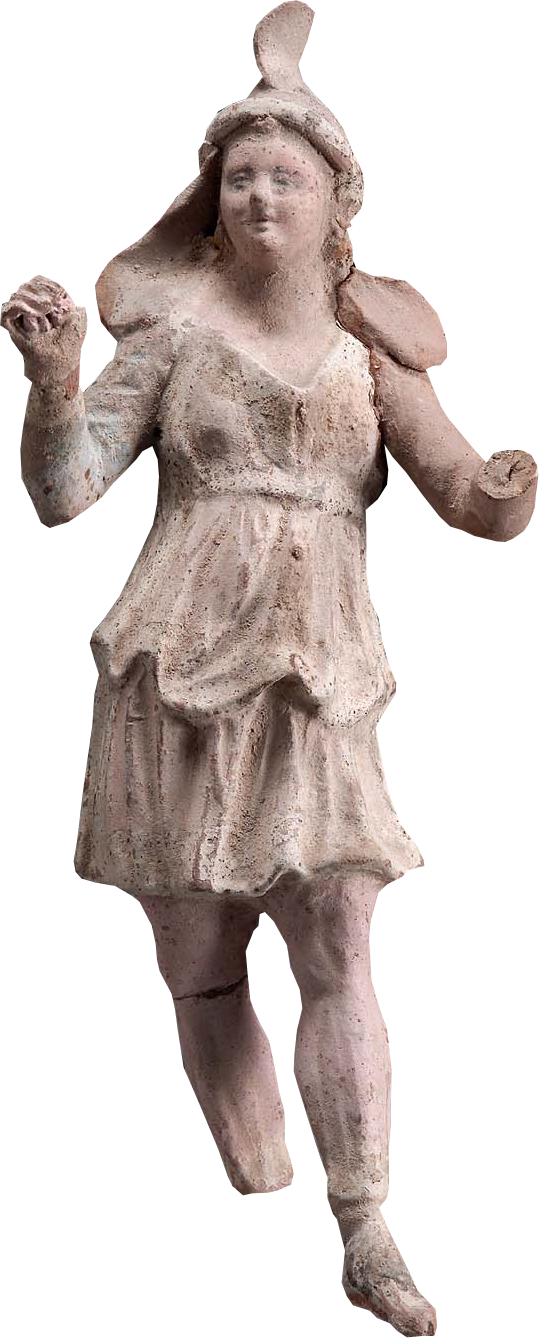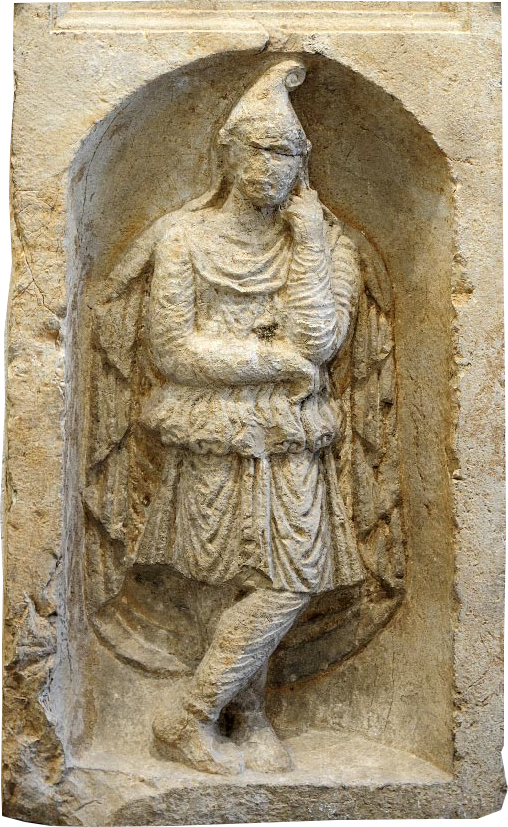Ancient Psychedelia: Alien Gods & Mushroom Goddesses
Online Book - Chapter 11, Page 180
Back to Online Book Mainpage / Next Page (Chapter 11, Page 181)
| Several times, “nectar” and “ambrosia” are mentioned together as being the food of the gods. Continuing from Hesiod’s Theogany: “when Zeus supplied them with what they needed, nectar and ambrosia, things gods themselves eat, their manly spirit grew in the breasts of them all [after they consumed nectar and lovely ambrosia.]” (35) Many times goddesses and gods exchanged roles and this often led to confusion. According to Pausanius, the earth was the goddess and she had many incarnations or personalities. He goes on to say: “…Such is the legend. Phlya and Myrrhinus have altars of Apollo Dionysodotus, Artemis Light-bearer, Dionysus Flower-god, the Ismenian nymphs and Earth, whom they name the Great goddess; a second temple contains altars of Demeter Anesidora (Sender-up of Gifts), Zeus Ctesius (God of Gain), Tithrone Athena, the Maid First-born and the goddesses styled August. The wooden image at Myrrhinus is of Colaenis. [1.31.4] Kore, or Persephone, was a goddess of vegetation and grain. (36) In The Bacchae, Euripides says: “the goddess Demeter—she is the earth but call her whatever name you wish.” [275] According to E.O. James: “In any case, so far as Crete is concerned, the various aspects of the Goddess can hardly be differentiated as separate personalities. The syncretism and fusion were so complete that they can scarcely be explained other than as several forms of one and the same divine figure – the Minoan Great Goddess with her subordinate satellites.” (37) The Greek era was rich in myth and allegory, comparable only to India. The Greeks enjoyed embellishing their myths to the fullest degree. Greece inherited her deity pantheon mostly by way of Egypt and Anatolia. The Titans were the second generation of divine beings and ruled the Golden Age and comprised the first pantheon of Greek deities. They included the first twelve children of Gaia (Mother Earth) and Uranus (Father Sky). (38) In Greek mythology, Cronus, the creator, along with Rhea, are the two leaders of the pantheon, and just below them, their children Zeus (the sky-god) and Hera. As usual, they are paired as husband and wife, but also brother and sister. After Cronus castrated his father Uranus, he was then castrated by his son, Zeus. Hera, Zeus’s wife, was a goddess of marriage, and of the sky, as the Queen of Heaven, similar to Zeus and his role as a thunder god. (39) In Greece, Rhea was the “Great Mother” and the “Mother of the Gods” who was married to Kronos, the youngest of the first generation of Titans. The son of Uranus, the sky, and Gaia, the earth, Kronos was himself a sky god as well. He had overthrown his father, Uranus, and castrated him, and he knew the same fate was in store for him. When he heard a prophecy that one of his children would kill him, he ate each one as soon as they were born. So, Rhea hid Zeus in a cave. When Kronos went to eat Zeus, Rhea had substituted the child for a stone (the omphalos stone) wrapped in cloth, which he swallowed thinking it was his son. Later, he was forced to regurgitate both his other sons as well as the omphalos stone. (40) Regurgitation is going to be a common theme as well. Regurgitating the mushroom, that is. |
Diodorus cites Rhea as being the original Pandora: “To Uranus were also born daughters, the two eldest of whom were by far the most renowned above all the others and were called Basileia and Rhea, whom some also named Pandora.” (41) In the myth of Pandora’s Box, best known from a version presented by Hesiod, in Works and Days, Pandora, the first woman, brings on the downfall on mankind after opening a forbidden box. The Thracians considered Rhea-Hecate the chief divinity of the Mysteries. In Phrygia, where Rhea became identified with Cybele, she is said to have taught Dionysus the mysteries. Pseudo-Apollodorus, in Bibliotheca, writes: “He [Dionysos in his madness driven wanderings] went to Kybela (Cybele) in Phrygia. There he was purified by Rhea [Phrygian Kybele] and taught the mystic rites of initiation, after which he received from her his gear and set out eagerly through Thrake (Thrace) [to instruct men in his orgiastic cult].” (42) Attis himself appears as a sort of mushroom in the depictions of him that exist. One of the ways to see the occultation is the single leg or in his case, a bent knee (42e). Many Hindu deities are depicted with bent knees as well.   R: (42e) Attis (35) Hesiod Theogony, 640 (36) Cult of the Mother Goddess, p. 230 (37) ibid, p. 141 (38) Occidental Mythology, p. 22 (39) Hebrew Goddess, p. 119-20 (40) Cult of the Mother Goddess, p. 251-52 (41) Diodorus. III. 57;2 (42) The Cults of the Roman Empire, Robert Turcan, Blackwell, 1996. P. 32-33; Pseudo-Apollodorus, Bibliotheca 3. 33 (trans. Aldrich) (Greek mythographer C2nd AD) |
Go Back to Page 179